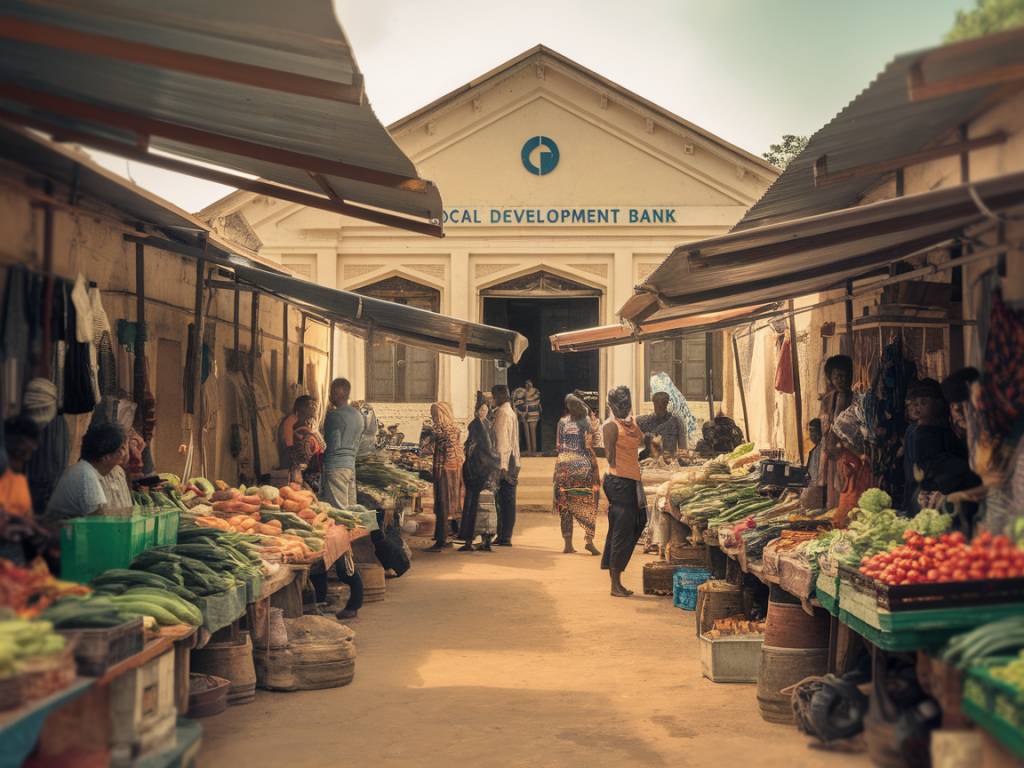The role of crowdlending in financing community projects
Understanding Crowdlending
Crowdlending, also known as peer-to-peer (P2P) lending, is a way of debt financing that enables individuals to borrow and lend money without the use of an official financial institution as an intermediary. Essentially, it’s a platform that connects borrowers and lenders, facilitating loans for a variety of purposes, including community projects. This concept has gained traction over the last few years, becoming a significant source of funds for projects that might not otherwise receive traditional financing.
How Crowdlending Works
At its core, crowdlending operates through online platforms where borrowers can post listings for loans they need, and investors can choose to fund these loans. Here are the key steps involved:
Advantages of Crowdlending for Community Projects
For financing community projects, crowdlending offers several distinct advantages:
Challenges and Risks
While crowdlending offers numerous benefits, there are also certain challenges and risks to consider:
Case Studies
To better understand how crowdlending works in practice, let’s look at two case studies of community projects successfully funded through crowdlending platforms.
Case Study 1: Renewable Energy Project
A small village in Europe aimed to transition to renewable energy by installing solar panels. Traditional banks were unwilling to fund the project due to its perceived long-term return on investment. The village council turned to a crowdlending platform, detailing the potential environmental and financial benefits of the project.
Within a few weeks, they managed to secure sufficient funds from individual investors who believed in the sustainability initiative. The project successfully installed the solar panels, significantly reducing energy costs and carbon emissions for the community. The repayments were set based on energy savings, ensuring the village could repay without financial strain.
Case Study 2: Community Center Renovation
An aging community center in a U.S. town needed renovation to continue offering vital services such as after-school programs and senior activities. The town’s budget constraints made it difficult to allocate the necessary funds. Turning to a crowdlending platform, the community leaders explained the importance of the center to the local population.
Contributions from local residents and other investors quickly poured in, reaching the funding goal within a month. The renovations were completed, revitalizing the center and allowing it to expand its services, thereby reinforcing its role as a community hub. The repayment plan was structured around increased activity revenue and local fundraising events.
Practical Tips for Using Crowdlending for Community Projects
For those considering crowdlending as a financing option for community projects, here are some practical tips:
Recommendations for Action
If you’re eager to explore crowdlending for your community project, take the following steps:
By understanding and leveraging the power of crowdlending, community leaders and project managers can secure the funds necessary to bring valuable projects to life, benefitting the community at large and creating a more engaged and invested public.



